Released on June 12, 1981, Raiders of the Lost Ark (later re-titled with the “Indiana Jones” moniker) became a hit with audiences and critics alike – going on to become an all-time classic. Thanks largely to George Lucas and Steven Spielberg, the movie has inspired generations of filmmakers and analysts to attempt to unearth what makes it so everlasting.
However, that’s not to say that it’s perfect. There are several issues with the film that even the most avid fans would love to change, especially when there are several racial concepts and predatory behaviors glossed over. With this in mind, since 2021 marks the 40th anniversary of the action/adventure epic, we’ll take a look at how the film has aged culturally and cinematically.
John Williams’ Greatness
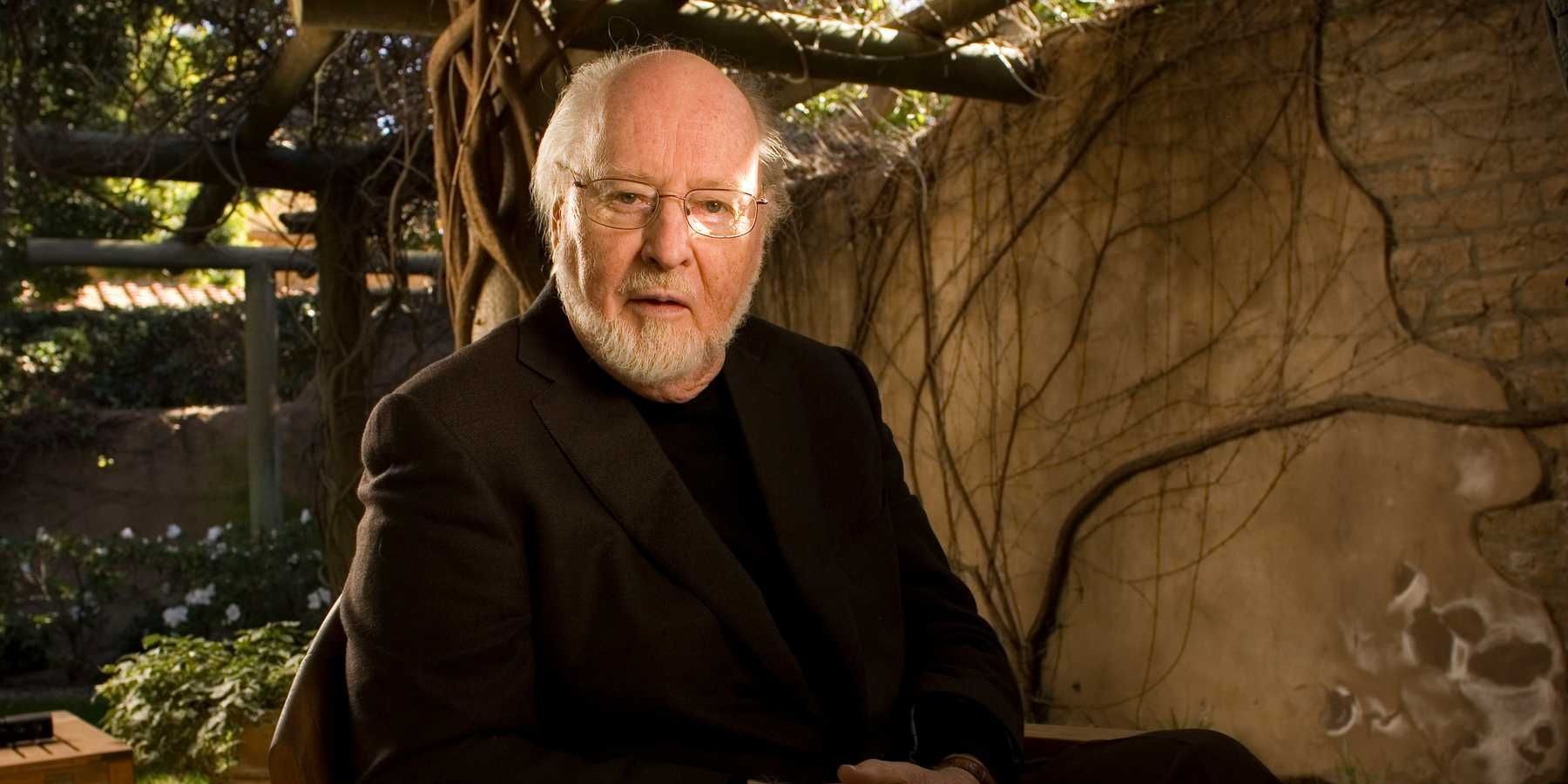
Having already become famous for his previous collaborations with Spielberg and Lucas, composer John Williams seemed like a no-brainer to helm the score for Indiana Jones in 1981. What makes his work on Raiders truly incredible is that, even when audiences expect his usual greatness, he delivers something even more spell-binding.
The “Raiders March” is unique, rousing, and instantly recognizable by nearly any movie-goer today, while “Marion’s Theme” invokes feelings of love. Perhaps his best work, though, is found in the mystical themes surrounding the movie’s famous MacGuffin: the Ark of the Covenant.
Perfect Opening & Closing Shots
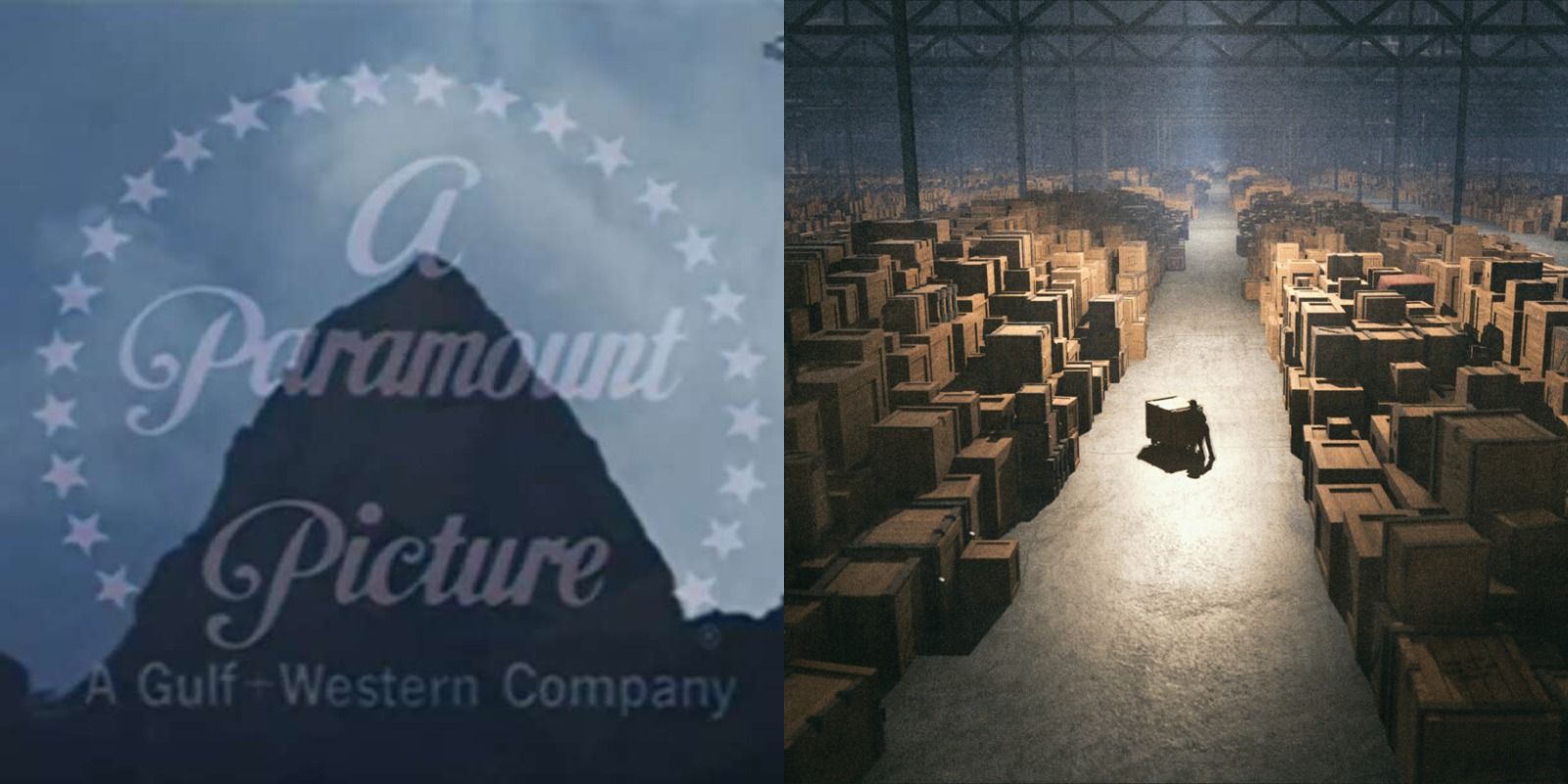
In a roughly 40-second opening shot, Spielberg introduces the audience to everything they need to know visually about Indiana Jones (Harrison Ford). As the Paramount Pictures logo fades into a real mountaintop, our hero walks into the frame, allowing the audience to take in the iconic visage that’ll define him for decades: a leather jacket, bullwhip, and fedora hat.
During the film’s closing, Marion (Karen Allen) and Indy exit a government facility as Williams’ hopeful theme transforms into something mysterious. The scene cuts to the Ark resting inside a wooden crate, nails punching the lid shut. A padlock snaps as a “Top Secret” label is slapped on.
Finally, a lone man pushes the crate through an enormous warehouse, disappearing among the thousands of similar-looking crates, creating one of the greatest and most mysterious ending shots of all time.
Ethnic Portrayals
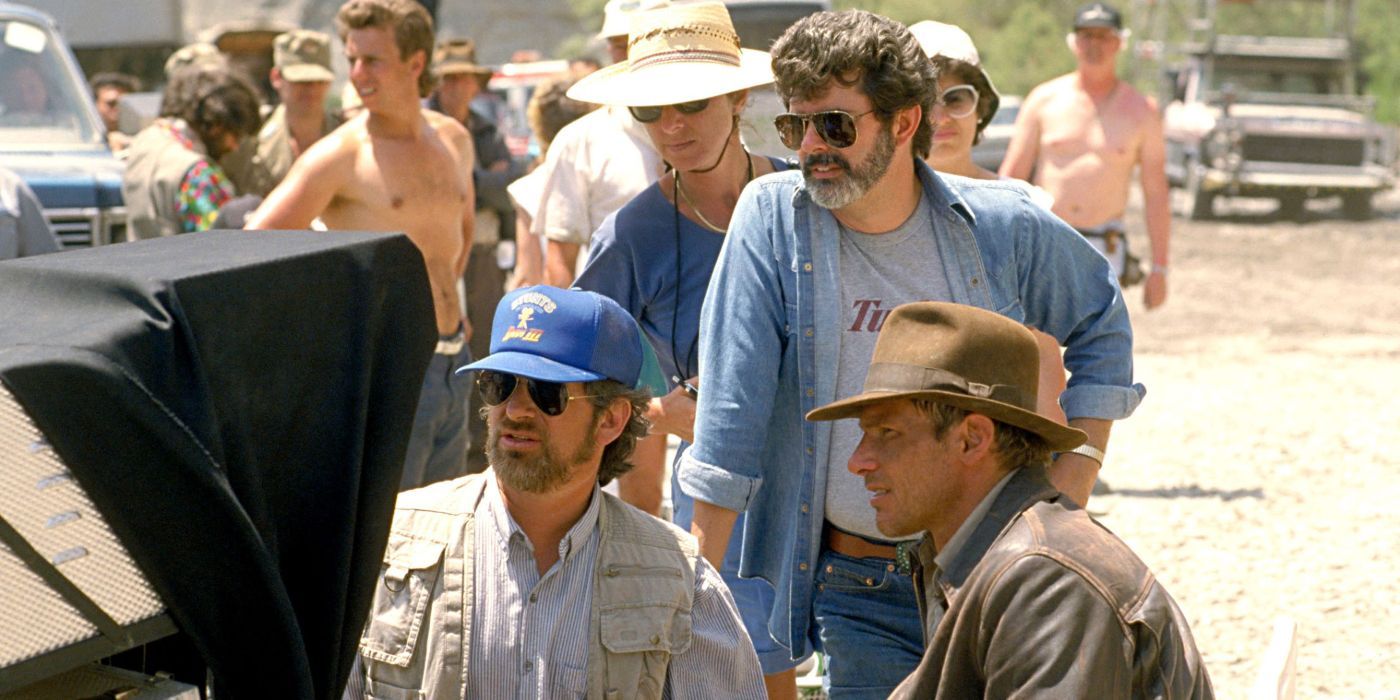
As the children who have grown up loving Indy have aged, so too has their ability to peel away at some of the series’ racially problematic elements. One of these elements is the insensitive makeup jobs of various characters, seen in set-pieces like the bar gunfight in Nepal and the Cairo chase.
In their scenes, white stuntmen Malcolm Weaver and Terry Richards were cast to portray ethnic villainous henchmen. Problematically, they had been given bad prosthetics and makeup to play the part. Not only is this extremely racist but it is quite surprising that Spielberg hadn’t thought so too.
Practical Effects Have Longevity
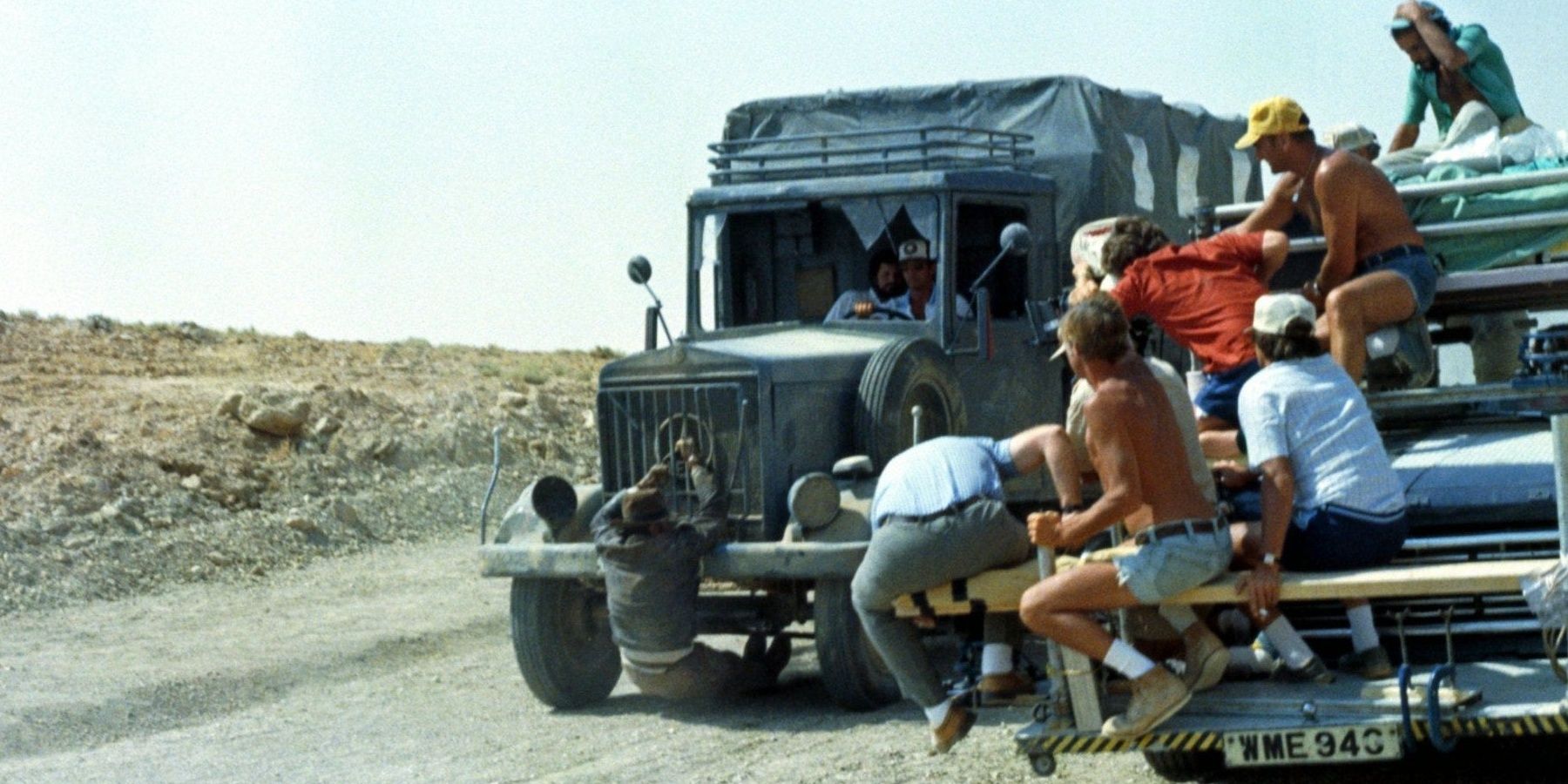
Re-watching Raiders in 2021 feels like you’re watching a movie that could’ve been released last year. This longevity can greatly be attributed to the fact that a majority of the film is made practically, using real sets, locations, and stuntmen.
CGI tends to age poorly and while Raiders admittedly has its moments of aged CGI effects, those never detract from the practical elements on display. Setting the story in the 1930s has also given it legs over time. Had the story been set in the 1980s, it actually would’ve felt more dated, but the movie continues to have that timeless feel thanks to its classic setting. Overall, Raiders proves that practical, in-camera elements still stand the test of time better than CGI.
Its Break-Neck Action Works
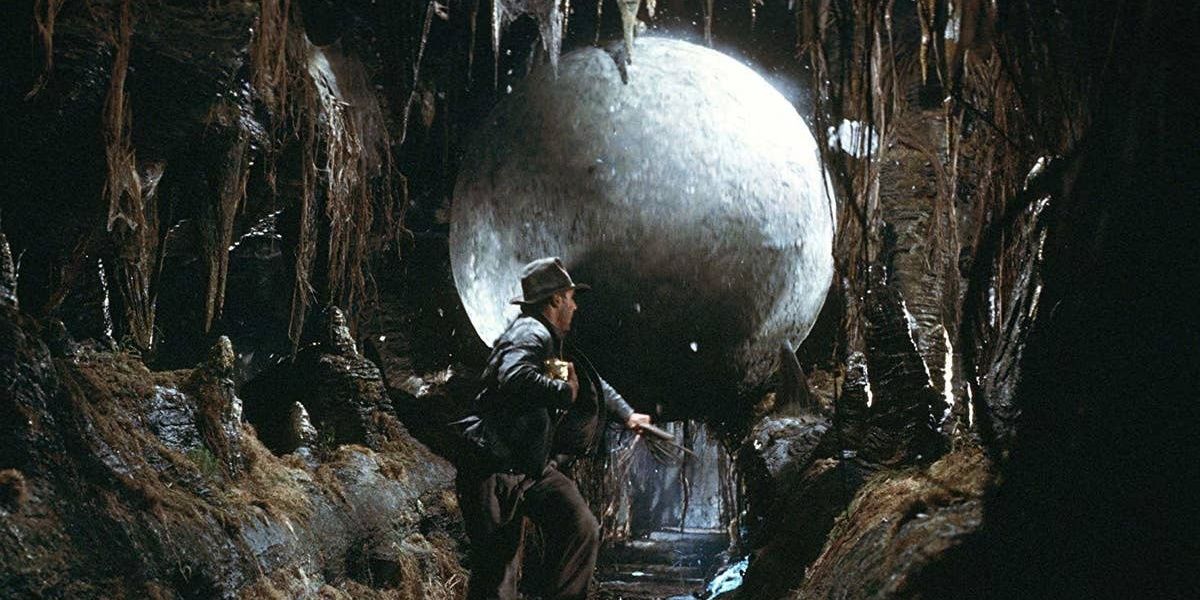
Generally, action movies that jump from one action beat to the next can feel hollow or, even worse, forgettable, but that’s never the case with Raiders. Interestingly, the story was so jam-packed with action sequences that some were removed.
What helps ground the action is that the sequences are well-edited and expertly paced, especially compared to contemporary films. In nearly every scene, with the possible exception of the Nepalese bar fight, it’s simple to follow the characters and know exactly where they are in relation to one another and the objects around them.
Movie Magic Vs. Logic
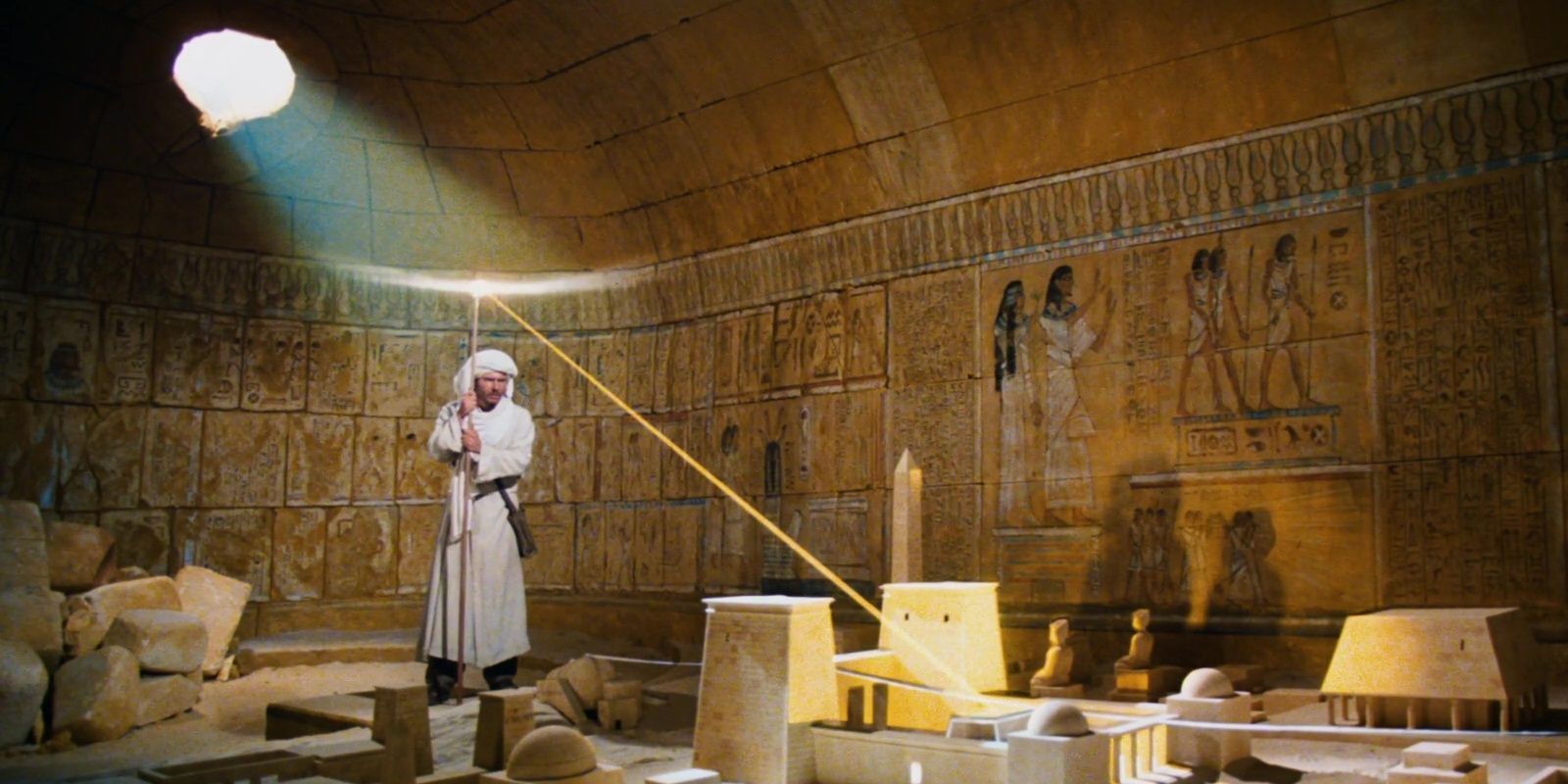
From Jaws to Jurassic Park, Spielberg’s films demonstrate a great appreciation for “movie magic.” This is evident in an anecdote from production designer Rick Carter, who asked Spielberg during production on Jurassic Park how the T-Rex suddenly appears in the Visitors Center during the finale. Carter was asking logically, but Spielberg responded “from the top of the frame.”
Raiders is no exception to the famous director’s love for powerful imagery. Though the story features some logical leaps, they’re accepted in order to appreciate the magic happening in the story. For example, the incredible image of the snakes in the Well of the Souls is profound but raises questions of how they survived for so long with little oxygen or food. Other examples include the (supposed) 5 ft tall staff of Ra towering over Ford’s 6’1 frame in the map room or Indy and Marion’s unexplained escape from the Nazis’ remote island at sea.
Further Racist Undertones
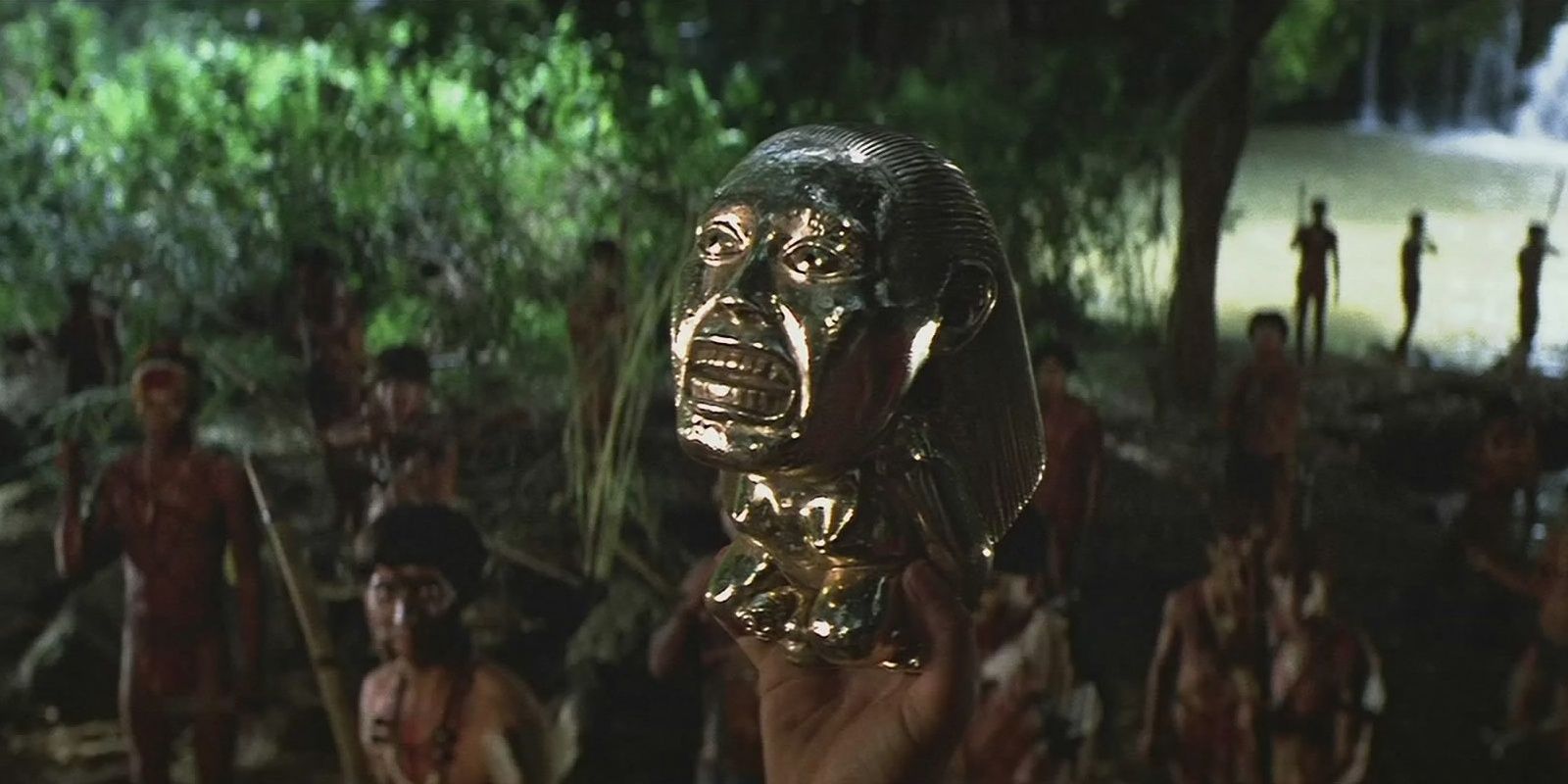
Hollywood has an unfortunate history of portraying ethnic cultures and indigenous people as scary, primitive, and secondary to white men. Though much has changed in the last 40 years, the 1980s were rampant with these racial stereotypes and beliefs, with The Indiana Jones franchise also attributing to the issue.
In the movie, white men, such as Indy, the Nazis, and Belloq (Paul Freeman) all exert authority over ethnic cultures. Indy enlists local workers to dig up the entrance to the Well of the Souls, Belloq commands the Hovitos tribe (fictional descendants of the Chachapoya people) once he acquires the idol, and a Nazi member is seen dispatching a group of Egyptian attackers in Cairo. It just makes one feel really uncomfortable.
Less Is More
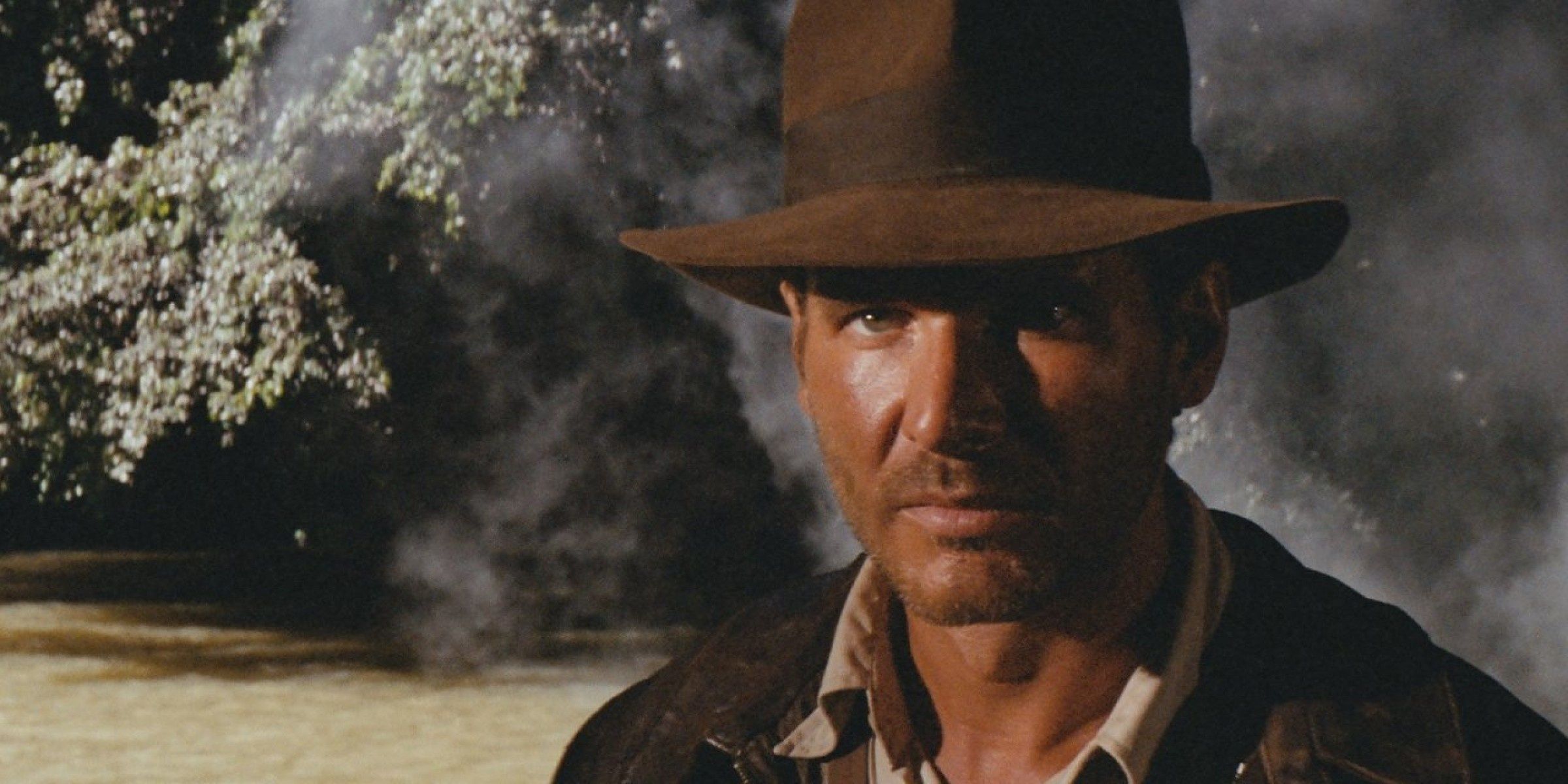
One of the most incredible things about re-watching Raiders is the relative lack of dialogue, especially towards the beginning. In the screenplay written by Lawrence Kasdan, the audience learns about the characters through actions rather than words.
Modern movies tend to lean heavier into comedic dialogue and would’ve thrown in a few jokes or visual gags. What elevates Indy’s adventure is that it’s played straight. His introduction in the Peruvian jungle uses no words, only a head tilt, a flash of his whip, and a slow walk into the light. Similarly, the movie’s humor is found through circumstance, not gags, such as when the vine Indiana’s clinging to begins to slip, or the snake suddenly appears in his lap on the plane.
Marion’s Age
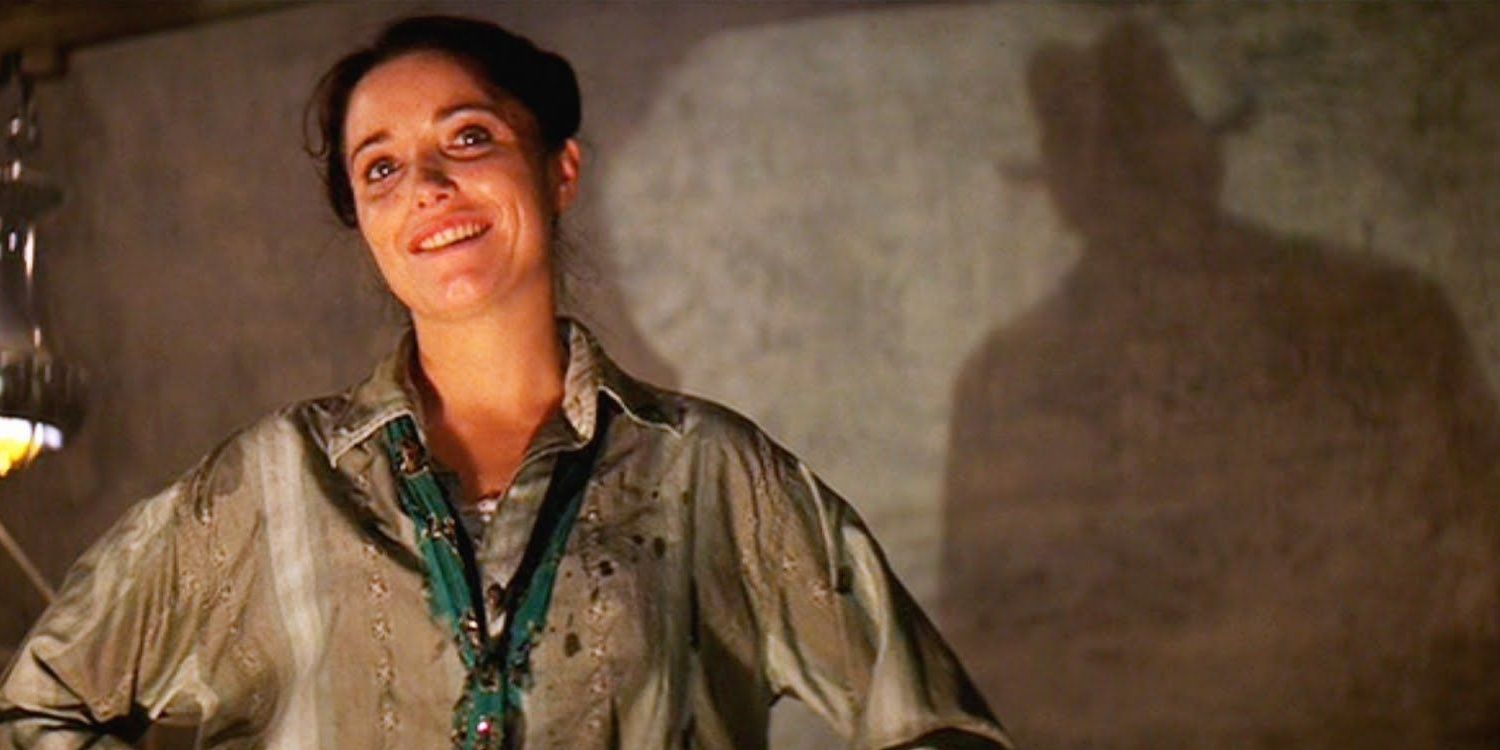
It’s no secret that the age-difference inferred in the movie between Indy and Marion is problematic. Arguably more problematic, however, are the thought processes the writers had when coming up with the storyline:
“Lucas: (Indy) could have known this little girl when she was just a kid. Had an affair with her when she was 11.
Kasdan: And he was 42.
Lucas: It would be amusing to make her slightly young at the time.
Spielberg: And promiscuous. She came onto him.
Lucas: 15 is right on the edge. I know it’s an outrageous idea, but it’s interesting. Once she’s 16 or 17 it’s not interesting anymore.”
While this was part of a brainstorming session, and they did make some changes, if fans take a closer look at the dialogue with Marion and Indy’s reunion, they would still see there is some subtext of an inappropriate relationship. When audiences address this discussion and the dialogue, it definitely leaves one feeling uncomfortable.
Spielberg
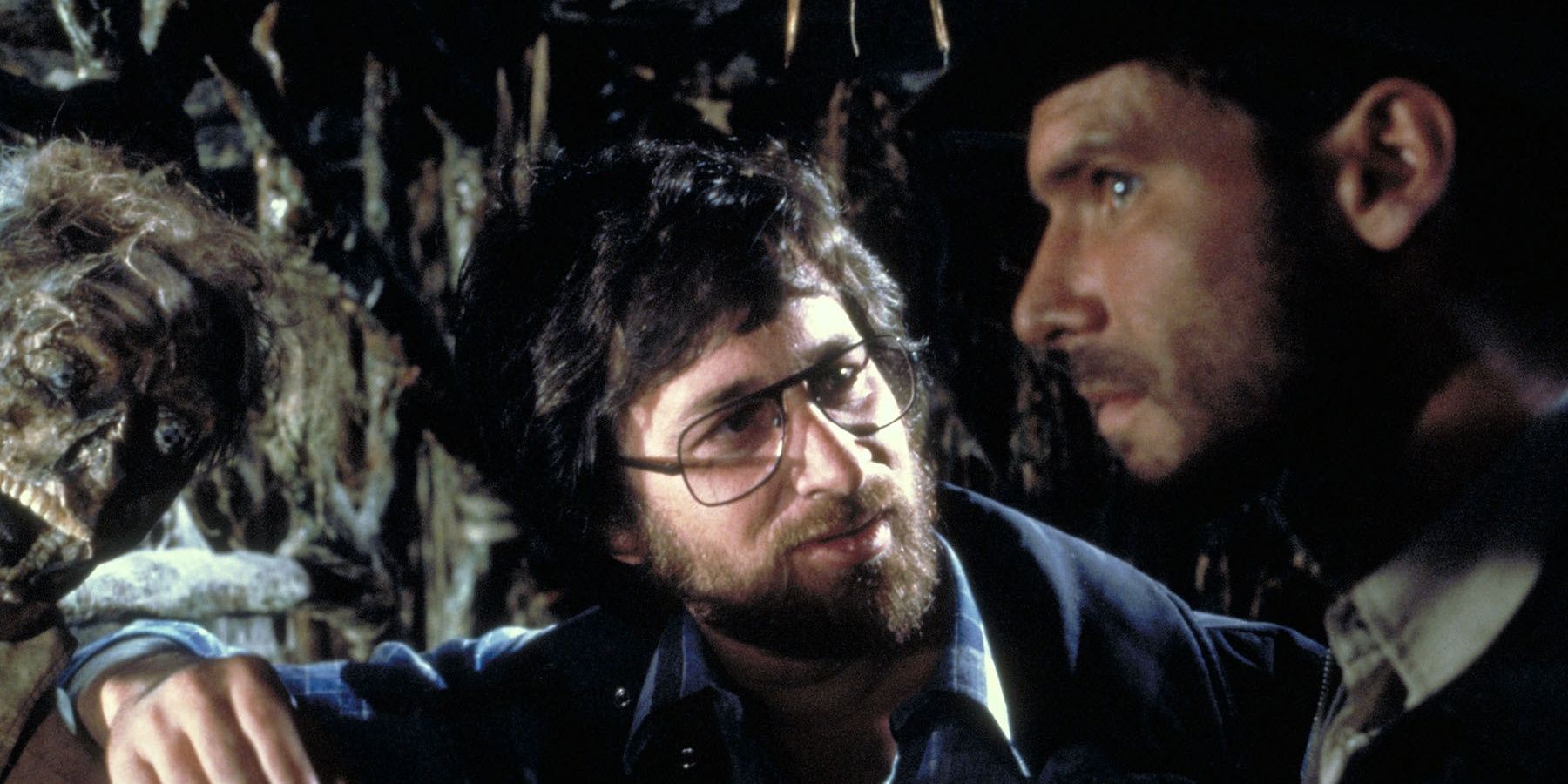
It feels somewhat challenging to articulate exactly what makes Raiders of the Lost Ark so enduring. It could be the remarkable sets and stunning locations, or the fun old-fashioned feel the movie embodies. It could also be the collaboration between the hundreds of people who poured their hearts and souls into making a generationally transcendent film.
Perhaps what sums up Raiders’ greatness is that it reflects the importance of filmmakers having a vision and being allowed to make the kind of movie they want. In an age of shared universes and formulaic filmmaking, it’s refreshing to see a director know exactly what he wants and how to translate it into movie magic.




